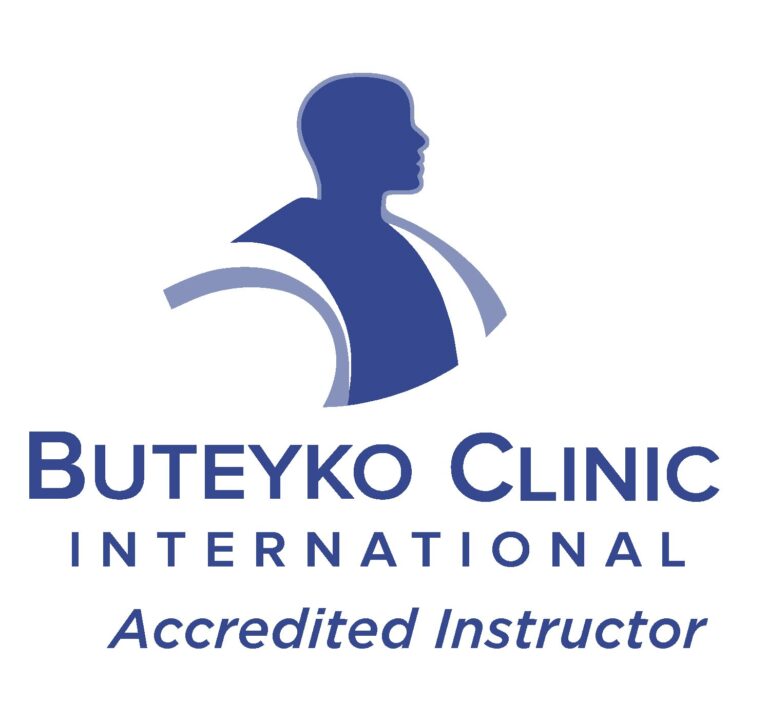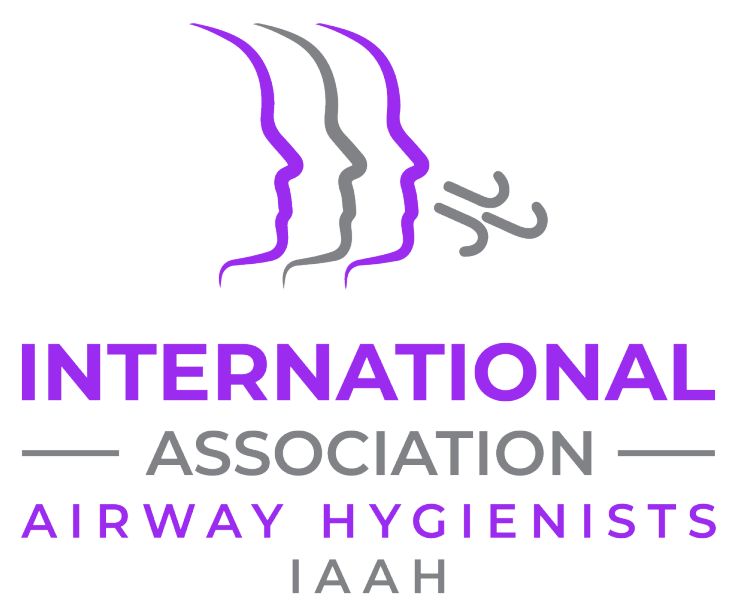
Timing Matters
Timing Matters: Benefits of Early Intervention in Myofunctional Therapy
Early intervention in myofunctional therapy can be a game-changer, particularly for children affected by epigenetic factors that contribute to improper oral and facial development. Myofunctional therapy focuses on correcting dysfunctional breathing, swallowing, and oral posture, which are often linked to a range of issues including sleep disorders, speech difficulties, and misaligned teeth. When initiated early, the outcomes can be transformative, preventing the need for more invasive treatments later in life.
Understanding Epigenetic Factors
Epigenetics refers to changes in gene expression caused by environmental factors rather than alterations in the DNA sequence itself. In terms of myofunctional health, epigenetic influences such as poor nutrition, mouth breathing, and improper tongue posture can significantly affect facial development. For example, chronic mouth breathing can lead to underdeveloped jaws, a narrow palate, and dental crowding.
A growing body of research shows that these epigenetic triggers, if left unchecked, can set the stage for lifelong health challenges. That’s where myofunctional therapy comes in as a proactive solution.
Benefits of Early Myofunctional Therapy
Early intervention addresses these functional issues during critical periods of growth. Key benefits include:
Improved Breathing and Airway Function: Early therapy can help correct mouth breathing and improper tongue posture, promoting nasal breathing and improving airflow. Studies show that early intervention can reduce the risk of obstructive sleep apnea and other respiratory conditions later in life.
Better Jaw and Facial Development: Intervening early supports proper jaw growth and dental alignment, reducing the need for orthodontic work in the future. Research has demonstrated that addressing tongue posture and swallowing patterns at a young age promotes balanced facial growth.
Enhanced Speech and Swallowing: By targeting improper tongue placement and oral habits, early myofunctional therapy helps children avoid speech delays and swallowing disorders, enhancing communication skills.
Why Timing Is Critical
The developing body is highly adaptable, especially in early childhood when bones and muscles are still forming. Epigenetic factors affecting oral function can be mitigated if addressed early, preventing more complex issues that may require surgery, braces, or other costly treatments. Studies indicate that children who receive myofunctional therapy between the ages of 3-7 show marked improvements in breathing, facial symmetry, and overall oral health compared to those who start treatment later.
Conclusion
When it comes to myofunctional therapy, timing truly matters. Addressing issues early on, particularly when influenced by epigenetic factors, sets the foundation for better oral function, improved breathing, and healthier development overall. Parents, healthcare providers, and therapists should collaborate to recognize early signs and take proactive steps to intervene, ensuring children achieve optimal health outcomes.
References:
Guilleminault, C., et al. (2013). Mouth breathing, nasal airflow, and craniofacial growth. *Journal of Dental Research*.
Graber, T. M., et al. (2000). Dentofacial orthopedics and epigenetics. *The Angle Orthodontist*.





